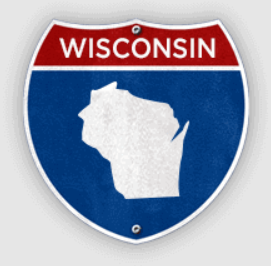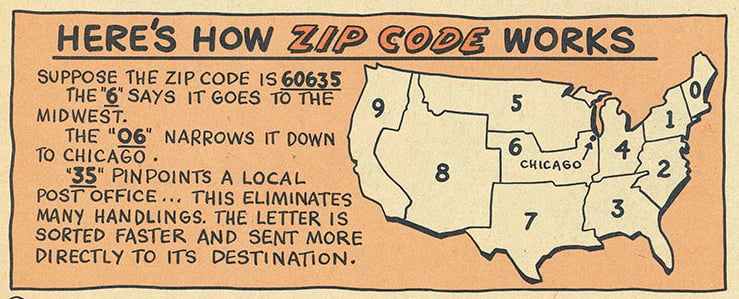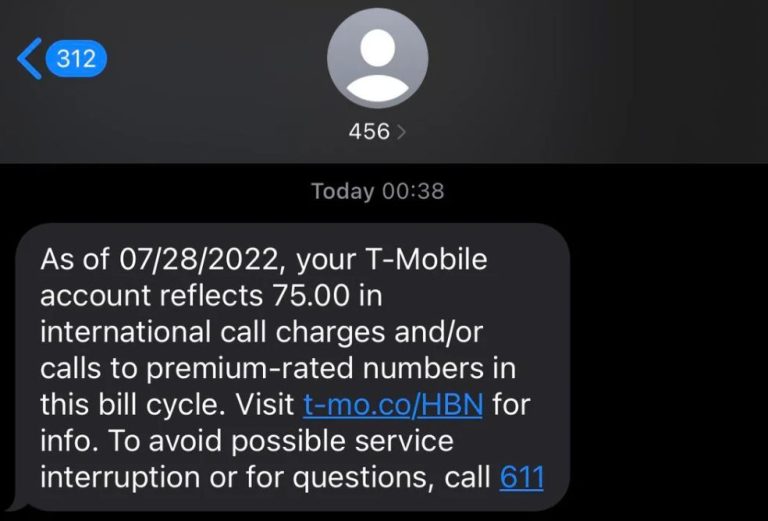Contents
A Deep Dive into this Versatile Barcode Symbology
Code 128 is a high-density linear barcode symbology renowned for its ability to encode all 128 ASCII characters. Its versatility makes it a popular choice for applications ranging from inventory management to shipping labels. A key aspect of its design is the use of subsets, which allow for optimized encoding of different types of data.
Understanding the Core Subsets
Code 128 has three primary subsets, each with a distinct character set and purpose:
-
Code 128A (Subset A):
- Character Set: Includes uppercase letters (A-Z), numbers (0-9), control characters, and special symbols.
- Ideal for: Encoding data that primarily consists of uppercase letters and numbers.
-
Code 128B (Subset B):
- Character Set: Encompasses uppercase and lowercase letters (A-Z, a-z), numbers (0-9), and a broader range of special symbols.
- Ideal for: Encoding data that requires both uppercase and lowercase letters.
-
Code 128C (Subset C):
- Character Set: Restricted to pairs of numeric digits (00-99).
- Ideal for: Encoding numeric-only data, particularly when high density is required.
Read More: What Does 129 Mean in a Text Message? A Comprehensive Guide
Switching Between Subsets: The Power of Flexibility
One of the unique features of Code 128 is its ability to switch between subsets within a single barcode. This is accomplished using special control characters, allowing for efficient encoding of mixed data types.
Why Subsets Matter: Optimizing Code 128
The use of subsets offers several advantages:
- Efficiency: Choosing the right subset for your data can result in shorter, more compact barcodes.
- Flexibility: The ability to switch between subsets accommodates a wide range of data types.
- Readability: Proper subset selection can improve scanning reliability.
Choosing the Right Subset: A Practical Guide
To determine the best subset for your application, consider the following:
- Data Type: Is your data primarily numeric, alphabetic, or a mix?
- Density: Do you need the most compact barcode possible?
- Scanner Compatibility: Ensure your scanners can read all potential subsets you might use.






